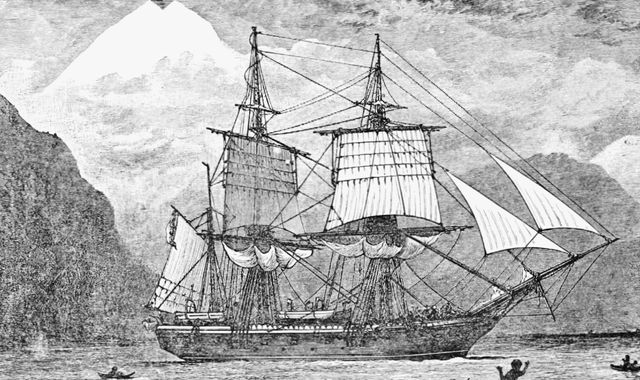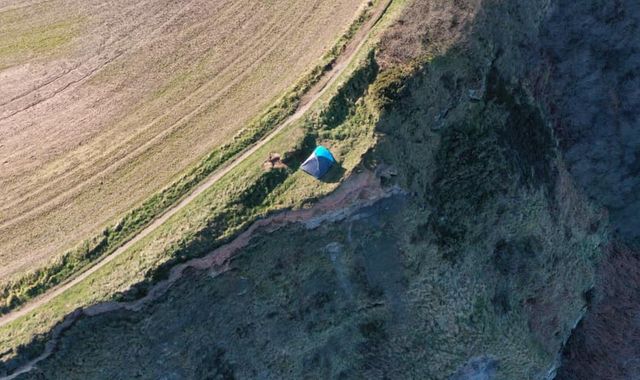HMS Beagle: Darwin ship’s final dock given protected status after being found by drone
Written by News on 11/05/2020
A 19th century dock where Charles Darwin’s ship, the HMS Beagle, spent its final days has been given protected status after being found by a drone.


The submerged mud berth, or mud dock, near Paglesham on the River Roach in Rochford, south Essex, will now be protected against unauthorised change.
The naturalist’s five-year, round-the-world, voyage on the ship began in 1831 and took him to, among other places, South America, Africa and Australasia, his research forming the basis for his theory of natural selection.
Duncan Wilson, the chief executive of Historic England, which advised ministers to designate the site as a monument, said: “We are glad to see this site in a quiet corner of Essex given national protection.
“This is a fascinating example of a rare piece of maritime history linked to one of the world’s most famous ships.”
Monuments are not graded but all are, by definition, considered to be of national importance.
Once a monument is scheduled, any works to it, with few exceptions, require scheduled monument consent from the secretary of state.
Nigel Huddleston, heritage minister, said: “The voyages of HMS Beagle had a transformative impact on the world and they began here on our shores two hundred years ago.
“As 2020 marks a special anniversary in the Beagle’s past, it is fitting that the significant site of its last days will be protected for the future.”
Experts think the ship, which was first launched from Woolwich Dockyard in 1820, was dismantled at a dock on the River Roach.
Maritime archaeologists used aerial drone footage and geophysical surveys to confirm the location of the mud dock and a brick slope or “hard”.
The mud dock at Rochford – a specifically cut mooring place in which a vessel rests on the bottom at low tide – was constructed sometime after 1847 and is one of only five recorded in the country, Historic England said.
Its outline, location and size matches the indentation of the riverbank recorded on early Ordnance Survey maps.
Mud berths included the need for shoring to stabilise the sides, and wooden stocks to support the ship.
The sloped brick hard extended alongside the dock and ship’s side, allowing people access down the foreshore to low water.
Rochford District Council plans to build an observation platform overlooking the site for visitors, who will be able to enjoy a CGI tour of the craft, funded by the National Lottery, on their smartphones.
(c) Sky News 2020: HMS Beagle: Darwin ship’s final dock given protected status after being found by drone







